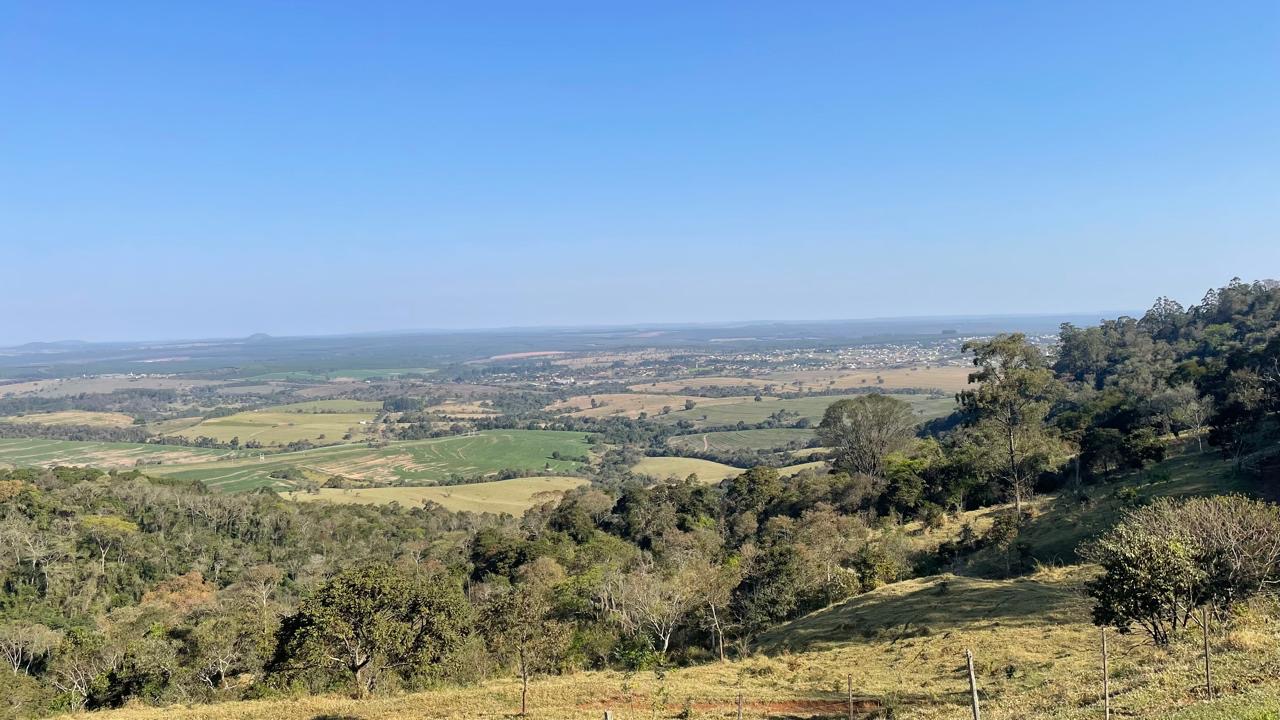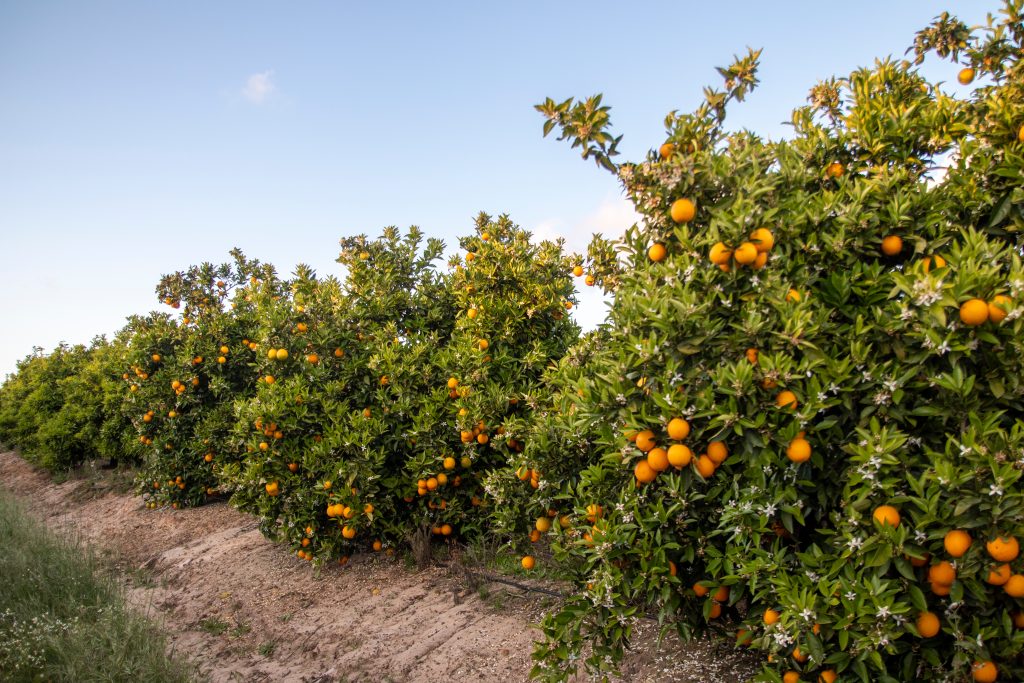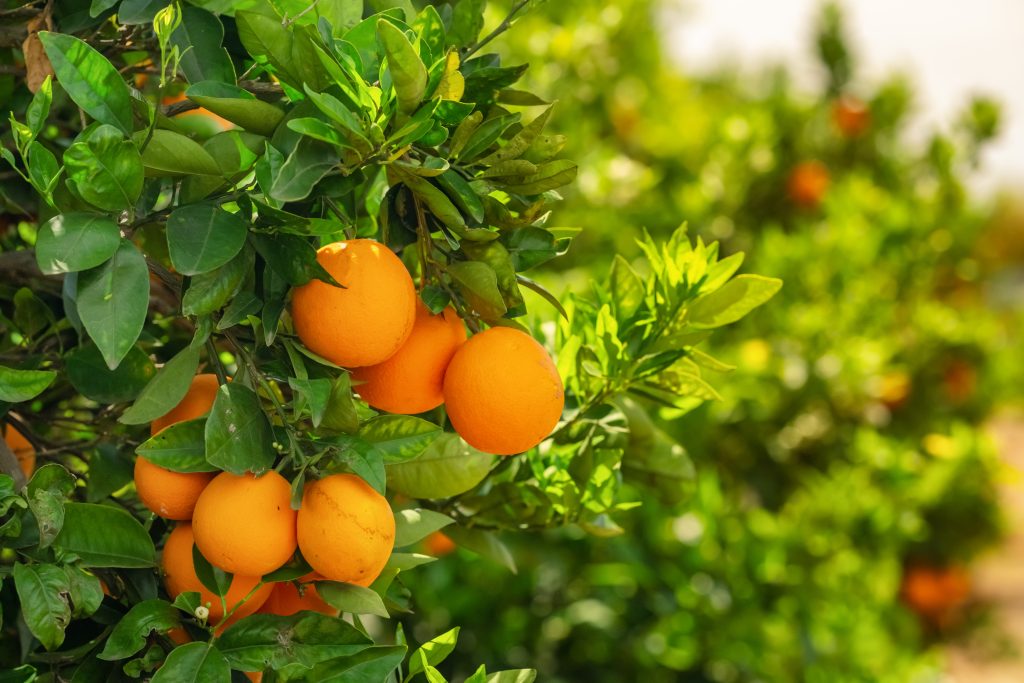A Journey Through the Citrus Belt Reflections on a Changing Landscape -by Felippe Biz November 19, 2024

A personal experience describing the Orange situation in Brazil
-Felippe Biz, Ultra LATAM Sales Development manager
On a crisp morning, one of almost 15 days of “real Brazilian winter”, this year, I departed from São Paulo, Brazil’s bustling urban center, leaving behind the towering skyscrapers and the hum of city life. My journey led me deep into the heart of the Citrus Belt, toward the Southeast region of the state of São Paulo, where the landscape shifts dramatically from urban sprawl to sprawling grazing lands and sugar cane fields that stretch alongside the road.
As I drove, the scene outside my window told a tale of both beauty and devastation. The severe drought and high temperatures that Brazil has been grappling with this winter had left their mark on the land. Fields, once green and vibrant, bore the scars of fire and neglect, a stark reminder of the environmental challenges. The cold morning air, hovering at a brisk 8°C, hinted at the promise of warmth as the sun rose higher, gradually easing into a comfortable 18°C by midday. This trip was not just an escape from the city’s frenetic pace; it was a journey back to the land, to reconnect with the rhythms of nature and the subtle art of citrus farming.
 Arriving at the farm, I was greeted by a breathtaking panorama of lush citrus orchards, their vibrant greens stretching as far as the eye could see. The air was alive with the buzzing of bees, diligently working among the blossoms, and the intoxicating scent of orange flowers filled my senses, evoking memories of simpler times. The farmer welcomed me with freshly brewed coffee, served in the traditional Brazilian style—strong, with generous amounts sugar. The taste transported me back to my childhood, to summers spent at my cousin’s house in the countryside, where the days were long and sweet, and the coffee always tasted of home.
Arriving at the farm, I was greeted by a breathtaking panorama of lush citrus orchards, their vibrant greens stretching as far as the eye could see. The air was alive with the buzzing of bees, diligently working among the blossoms, and the intoxicating scent of orange flowers filled my senses, evoking memories of simpler times. The farmer welcomed me with freshly brewed coffee, served in the traditional Brazilian style—strong, with generous amounts sugar. The taste transported me back to my childhood, to summers spent at my cousin’s house in the countryside, where the days were long and sweet, and the coffee always tasted of home.
As I wandered through the orchards, the serenity of the environment stood in sharp contrast to the hustle and bustle of São Paulo. The fields were alive with the energy of the new flowering season, a pivotal time for any citrus grower. The delicate fragrance of the blossoms signaled the promise of a bountiful harvest, yet the reality was far more complex. Over coffee in the farm’s main building, the owner shared his story—a tale of perseverance in the face of adversity.

He had dedicated over a decade to citrus farming, and this season was proving to be one of the most challenging yet. One of the biggest concerns this year is the significant drop in the average weight of the fruit. Last season, the fruit averaged between 200-220 grams, but this year, the weight had fallen to just 90-120 grams. The culprit? Unusual weather patterns that had plagued the region. From July to September, winter temperatures were 7°C higher than the decade’s average, stunting the growth and development of the fruit. This shift in climate also exacerbated the issue of premature fruit drop, further impacting overall production. And then there was the looming threat of greening disease, a relentless adversary that had already claimed its share of trees.
The conversation with the farm’s owner revealed the intricate balancing act required in modern citrus farming. He spoke of the fine line between meeting market demands and maintaining the health of the orchards, a delicate dance made even more precarious by the pressures of disease and climate change. Despite these challenges, the farm had secured a substantial contract for a significant portion of its production. This contract, while providing some financial stability, highlighted the complex dynamics at play.
The market is demanding, and producers are often forced to make tough decisions—like whether to hold fruit on the tree longer in hopes of higher prices, a choice that could disrupt future crops and ripple through the farm’s productivity for years to come.
As I prepared to leave the farm and begin the journey back to São Paulo, the complexities and rewards of citrus farming weighed heavily on my mind. This visit was more than just a tour of a farm; it was an immersion into the evolving challenges and enduring resilience of Brazil’s citrus industry. Here, in the heart of the Citrus Belt, the land is tended with a deep understanding of its rhythms, a place where the demands of commerce must coexist with the needs of nature. This journey reminded me of the profound connection between the land and those who work it—a connection that, despite the challenges, remains steadfast and true. As I drove away, the scent of orange blossoms lingered in the air, a fragrant reminder of the stories that this land has yet to tell.
 Ultra International B.V.
Ultra International B.V.